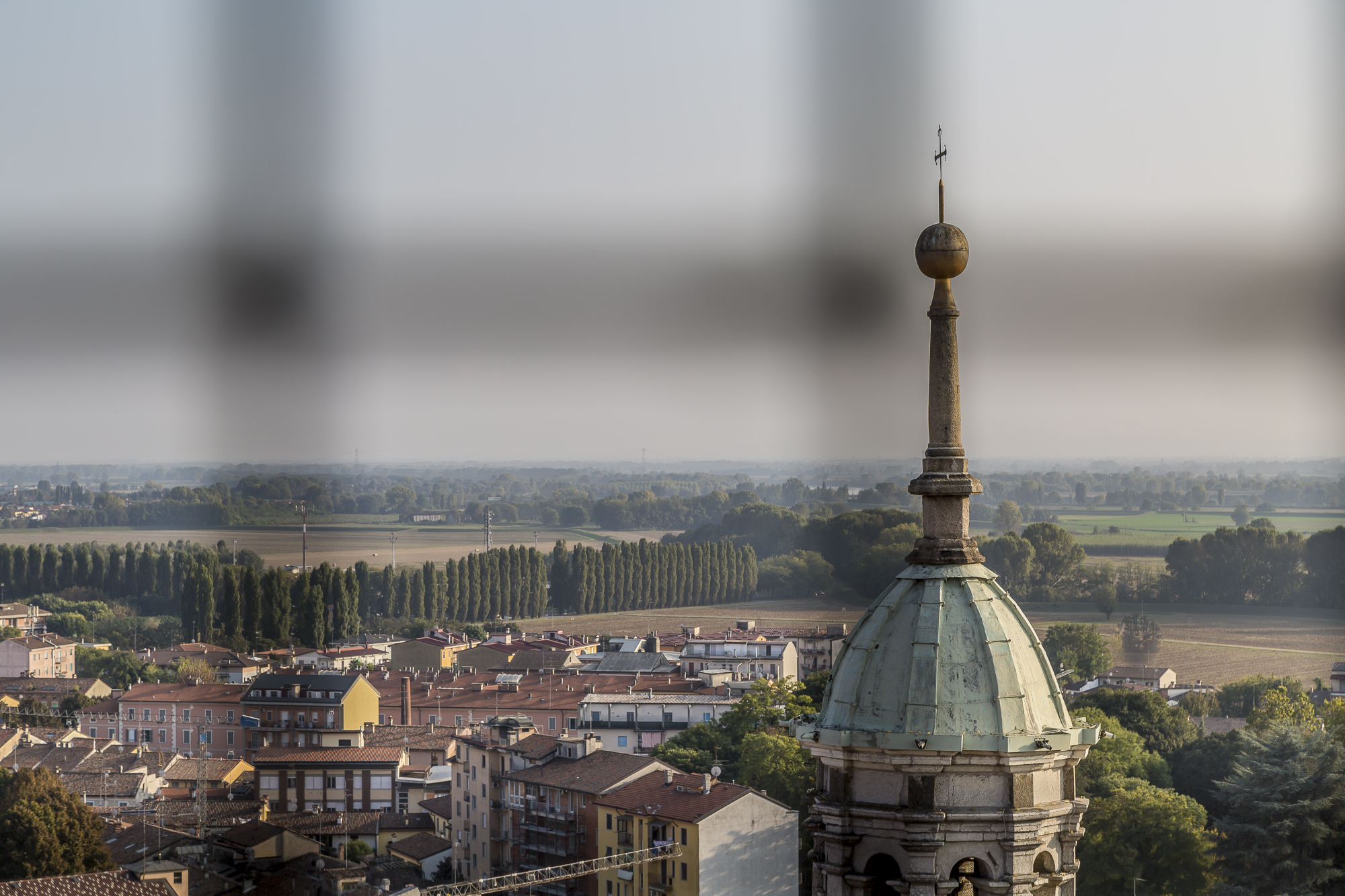
Cremona – the violin city in focus
A small town in the heart of the Po Valley, which owes its fame to the violins, welcome to Cremona. The myth surrounding the precious Stradivarius violins continues to this day. The majority of the works were created by the Italian Antonio Stradivari between 1700 and 1725, but he practiced his craft until his death in 1737. In total, he built around 1,100 stringed instruments. Of these, an estimated 650 are still preserved today. Impressive figures for a unique life’s work. The work of the most famous violin maker in history continues to shape his hometown of Cremona to this day. In addition to the Stradivarius Museum, which commemorates the old master, there are numerous violin making studios in the narrow streets around the cathedral, which continue the traditional art.
Cremona – the city of violin makers
And since violins and Cremona are inextricably linked, we also wanted to explore the fascination of violin making. Edgar Russ gave us an insight into his studio. Born in Austria, he left his home country at the young age of 17 to attend the famous violin making school “Scuola Internazionale di Liuteria – Antonio Stradivari” in Cremona. Although he never really wanted to stay in Italy, he returned to Cremona after intermediate stages abroad and got stuck to opening his studio there in 1990. He became famous because he once posed naked with a violin, he says with a twinkle in his eye. Today, he exports his works all over the world and is a sought-after man. The violins, violas and double bass are produced in three different lines, which have different levels of quality. The most exclusive and expensive line are the master instruments. Months of work are invested in a single instrument. By the way, his favorite instrument is, much to my delight, the double bass.
Most of the studios in Cremona have opened their doors to interested visitors. A visit to the workshop is worthwhile. I could never have imagined how much manual work goes into a single instrument.
Other landmarks in Cremona
But you don’t necessarily have to be a violin fanatic to visit Cremona. The town looks back on a rich history and offers some sights around the Piazza del Comune, lined with the magnificent Duomo, the Palazzo del Comune with its mighty torrazzo and the Loggia dei Militi. Of course, one thing was clear to me right from the start: we absolutely had to climb the 111 m high bell tower. Because our excursion into the art of Lombard cuisine at the Locanda Al Carrobbio farmstead a few kilometers outside Cremona took a little longer than planned. We have to pedal the way back. At the last minute, we reach the entrance to the tower. “We’ll close in 20 minutes,” says the ticket seller emphatically. For us, this means tackling the 487 steps to the highest point at breakneck speed. Once at the top, there is enough time to catch your breath for 5 minutes and admire the magnificent panoramic view over the old town center to the Po River.
Throughout the day, the piazza is bustling with activity. Towards the evening, the action shifts to the outskirts, where numerous cafés and pubs are popular meeting places for aperitivo. No wonder, after all, with the most beautiful view of the illuminated buildings, you can get an apéritif spritz, a beer, and a hearty appetizer platter for 8.50 euros. Ah bella italia – how can people not like you?
There’s more
Away from the Piazza del Comune, there are few outstanding highlights, but a lot of nice little details. It is worth mentioning, for example, the redesign of Corso Guiseppe Garibaldi. With a lot of colour on the roadway, a meeting zone was created here as part of an innovative approach. The narrow streets are also charming, with colourful houses, pretty balconies and inviting shops selling local products. So why not take a trip to the Po Valley with a stop in Cremona? From Milan, the journey by train takes just under an hour. For me, this train journey through Lombardy was definitely an enrichment. Away from the top Italian tourist destinations, the region offers lesser-known destinations such as small towns such as Mantua and Cremona, among others, which score with authenticity and charm.
Note: My trip through Lombardy took place as part of the #blogville project and was supported by the Regione Lombardia – thank you very much for this. As always, my readers can be sure that I always represent my views and enthusiasm here.


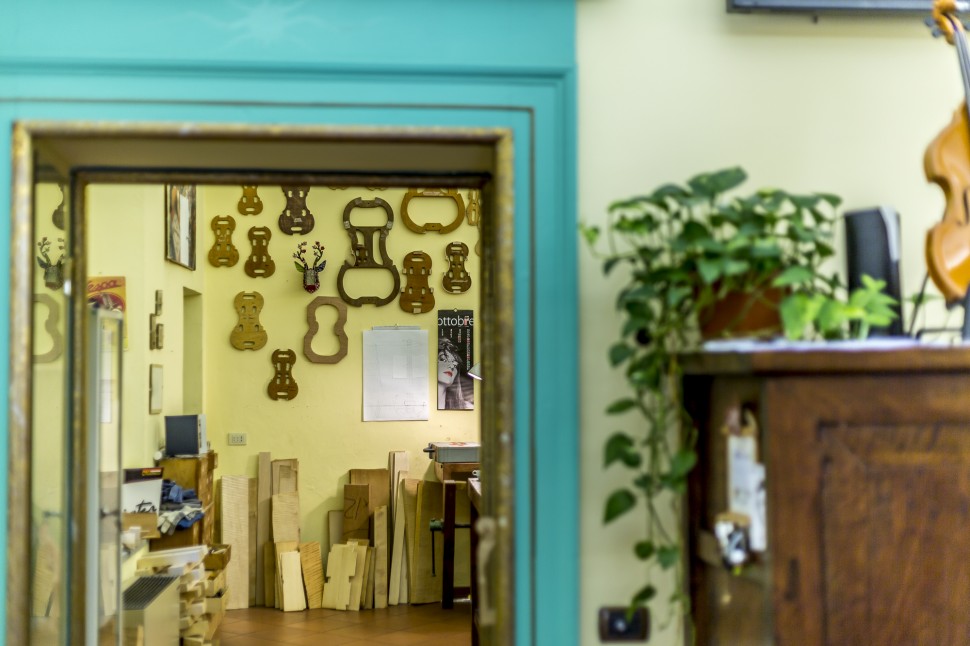
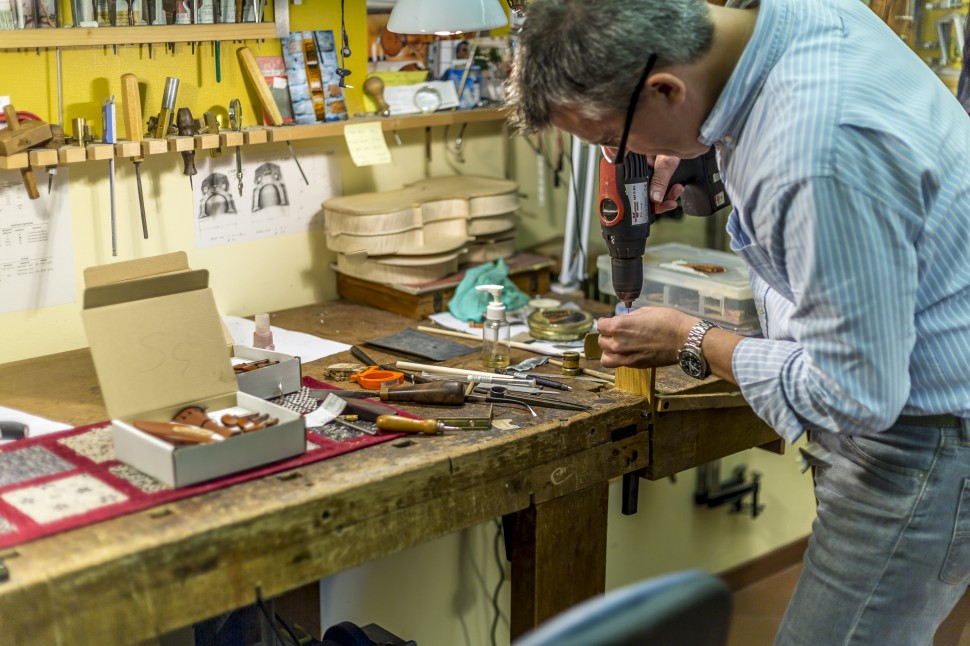
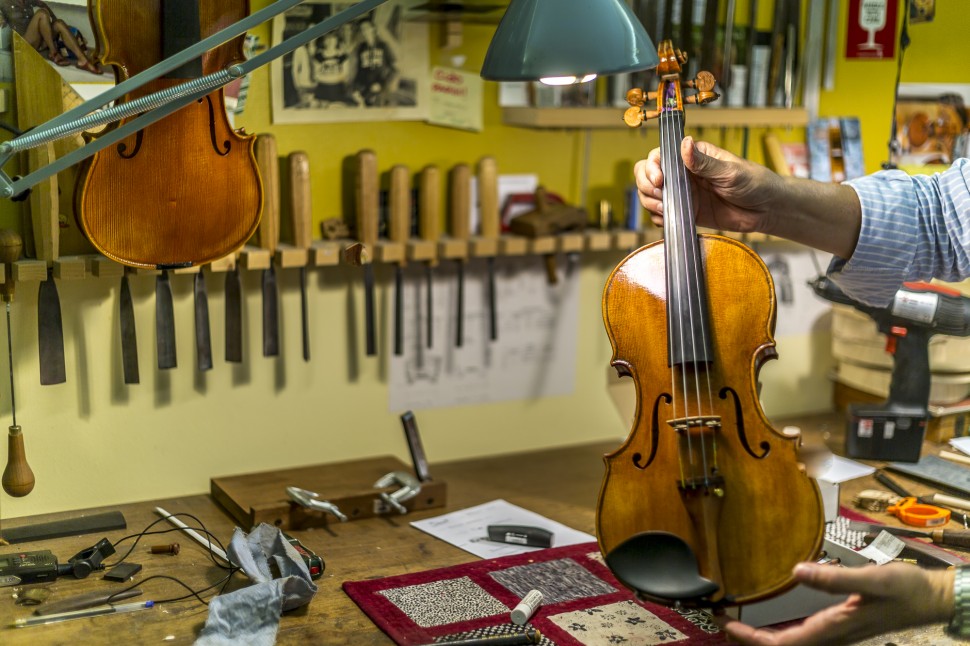
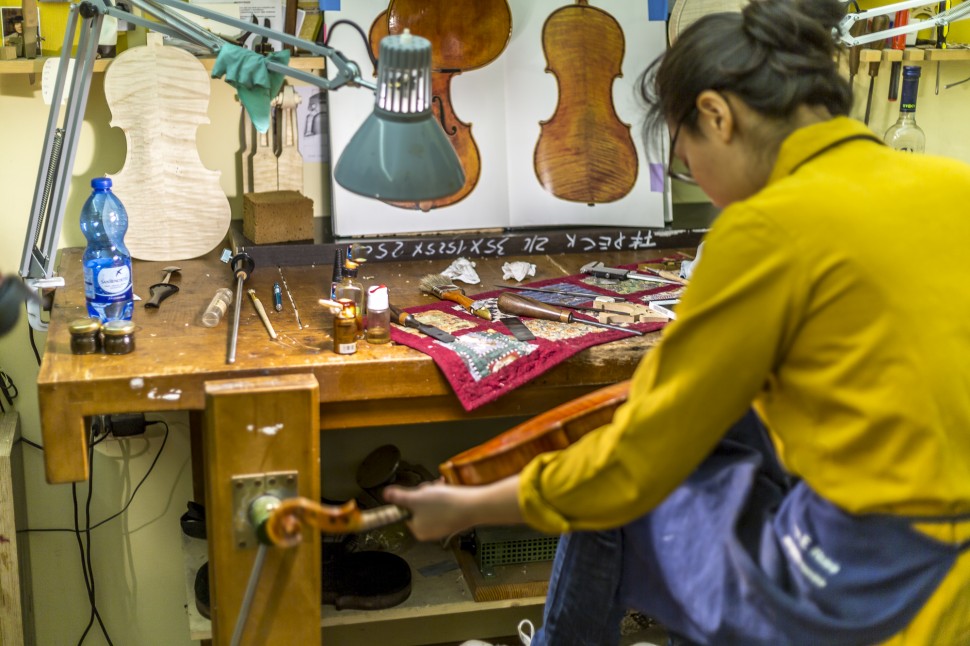
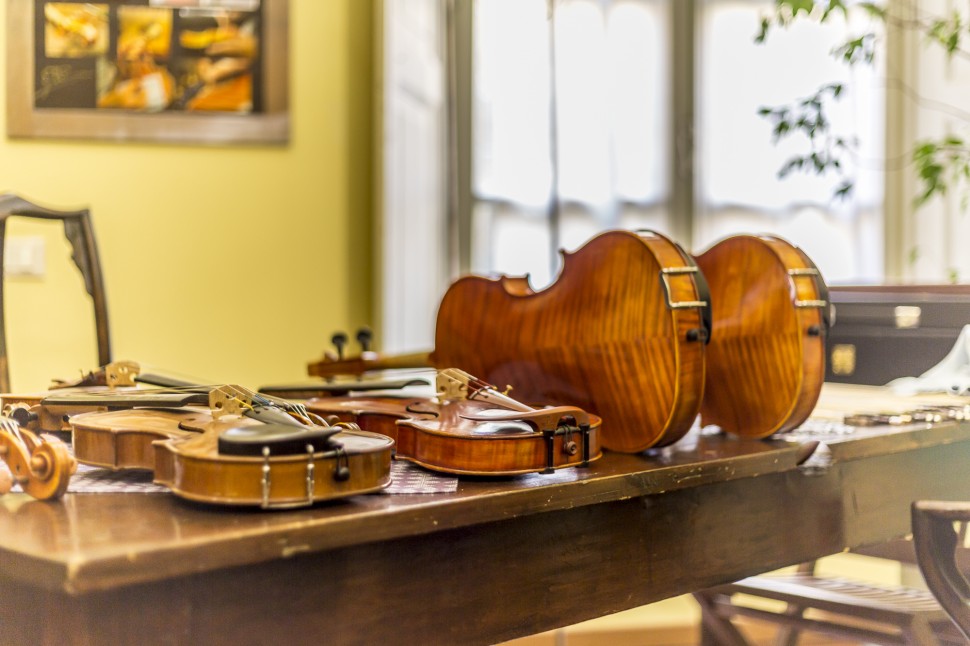
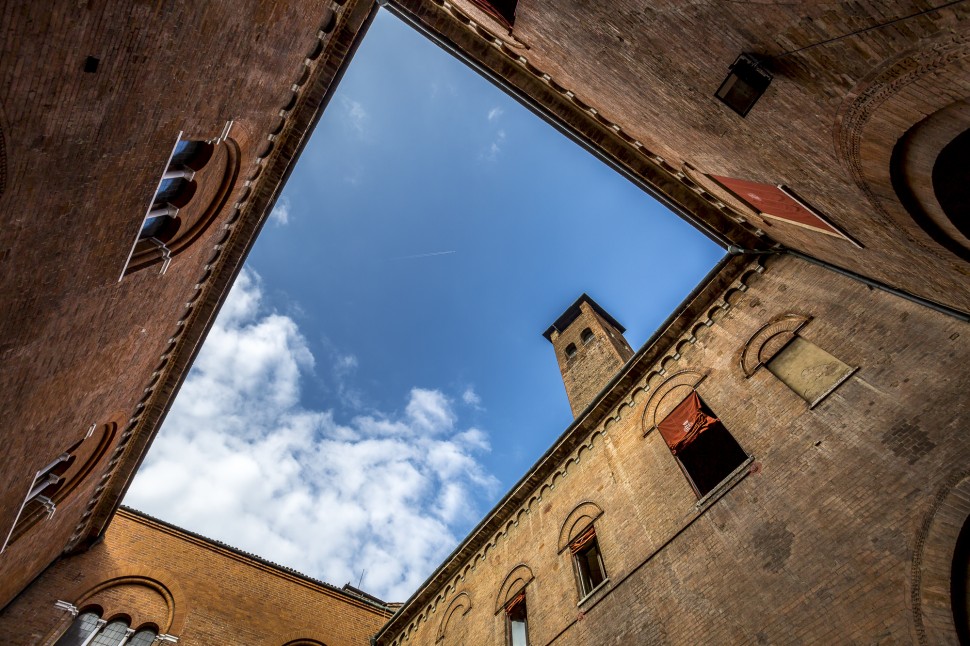
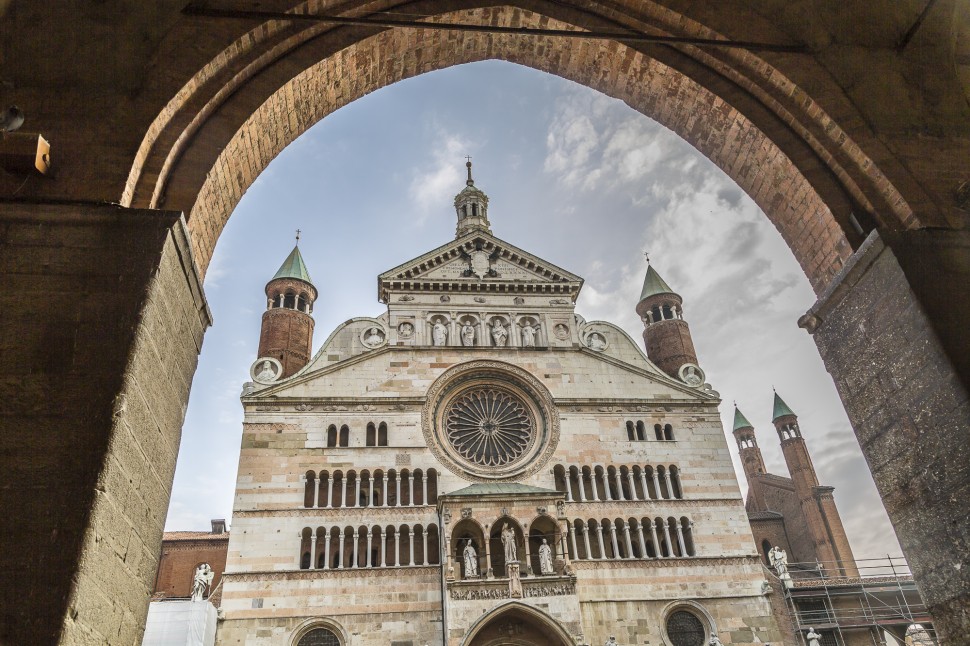
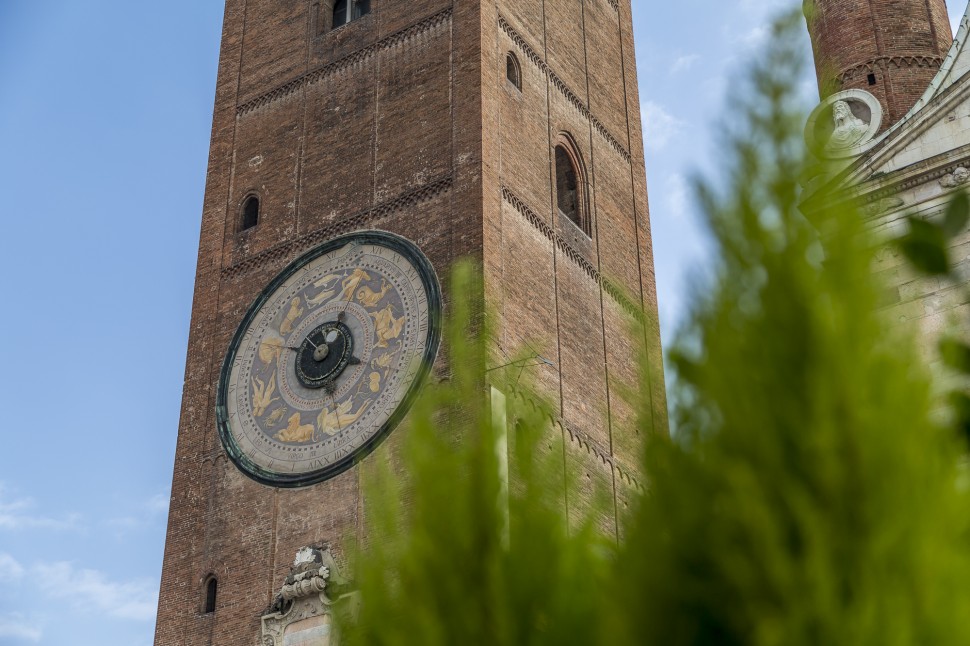
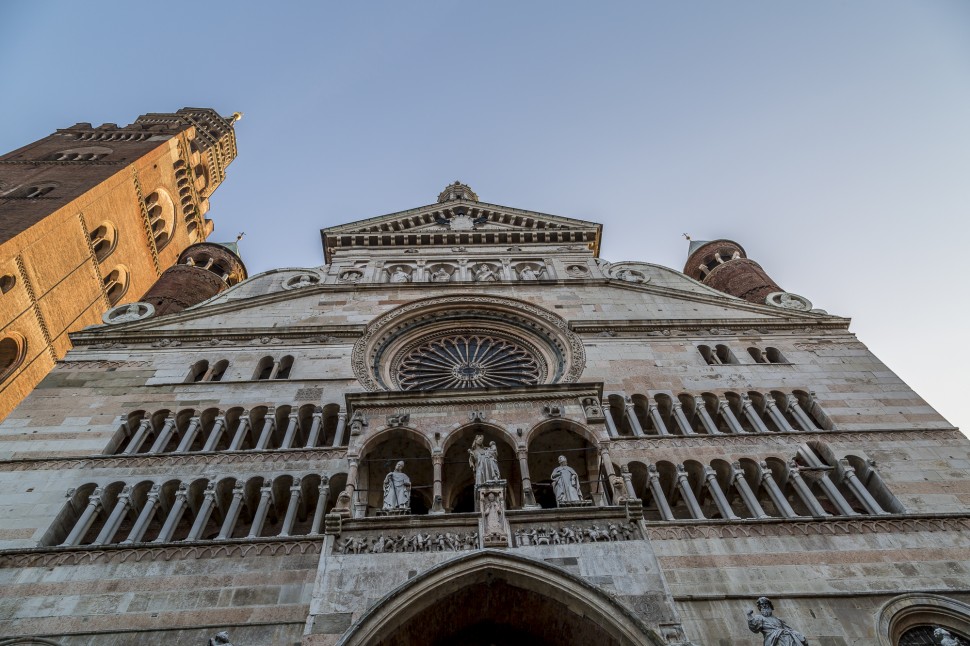
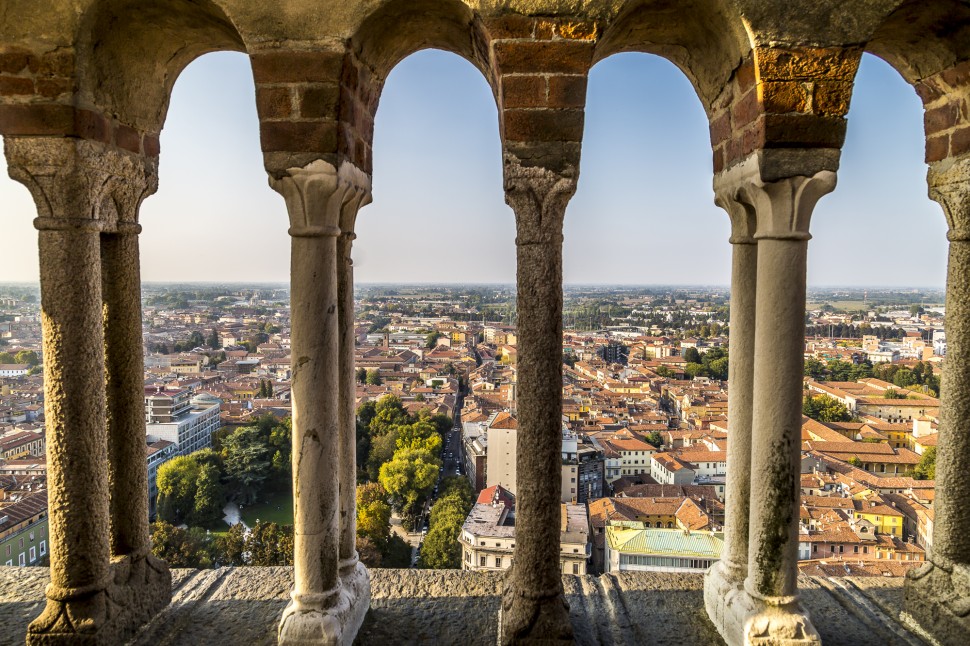
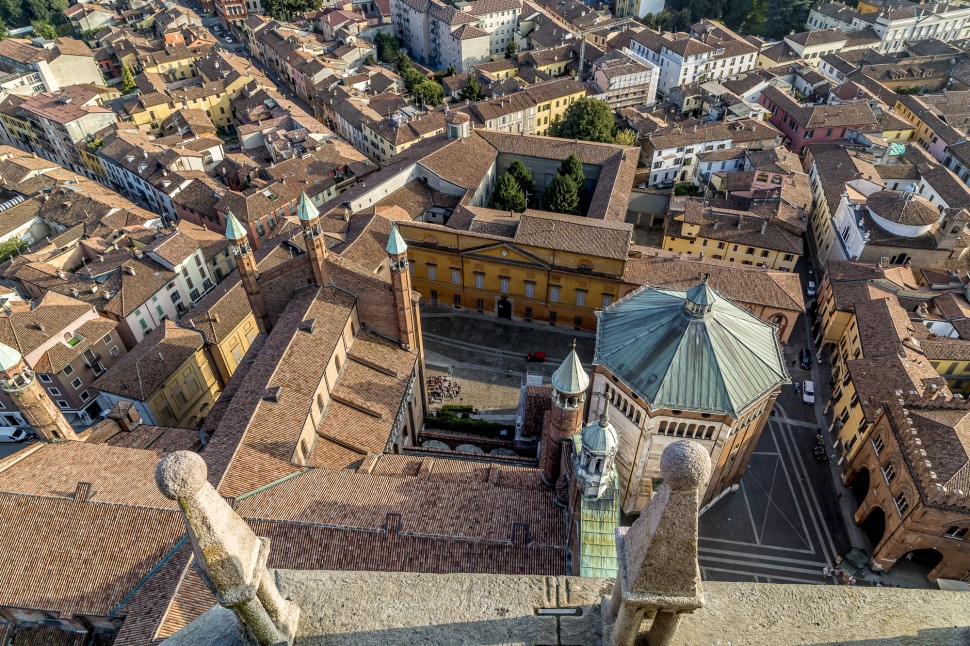
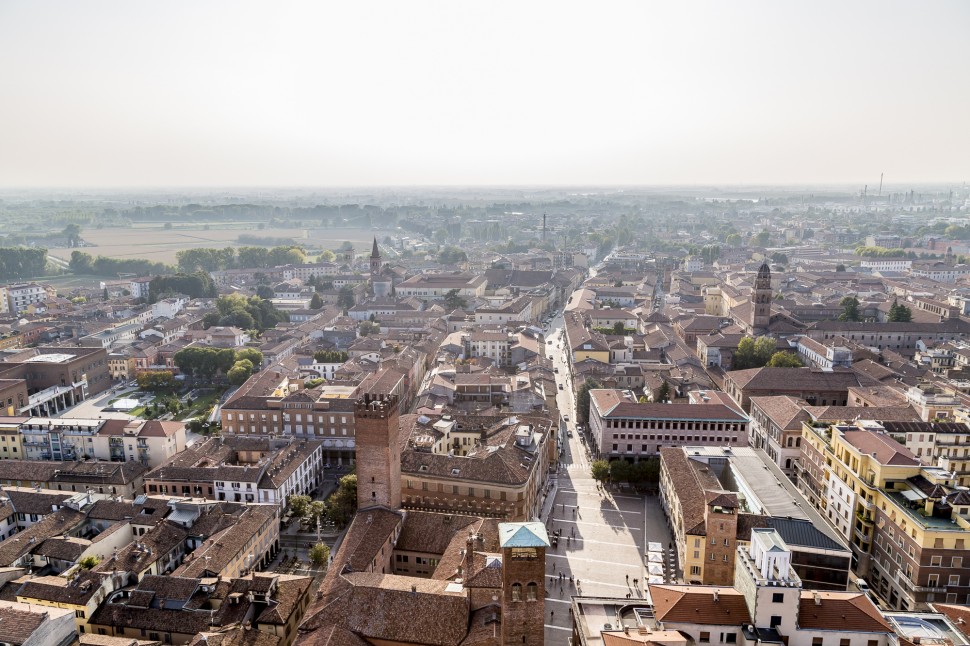
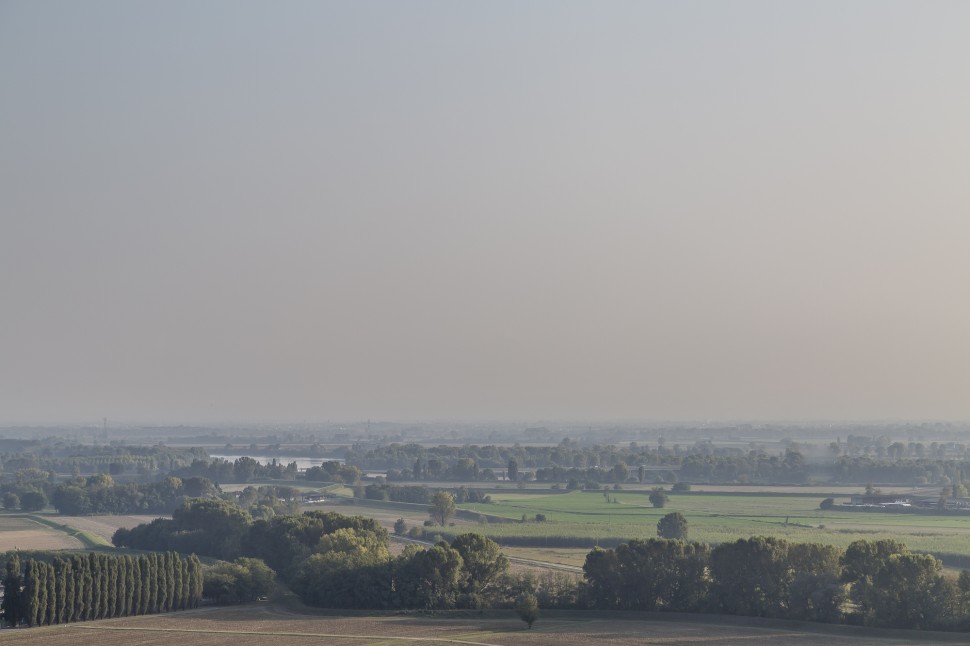
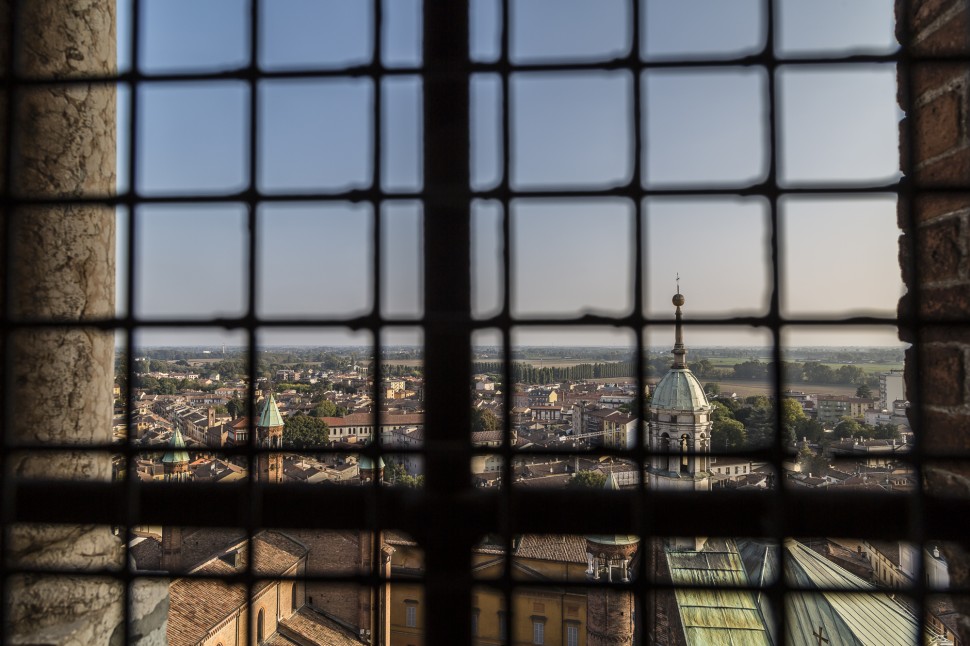
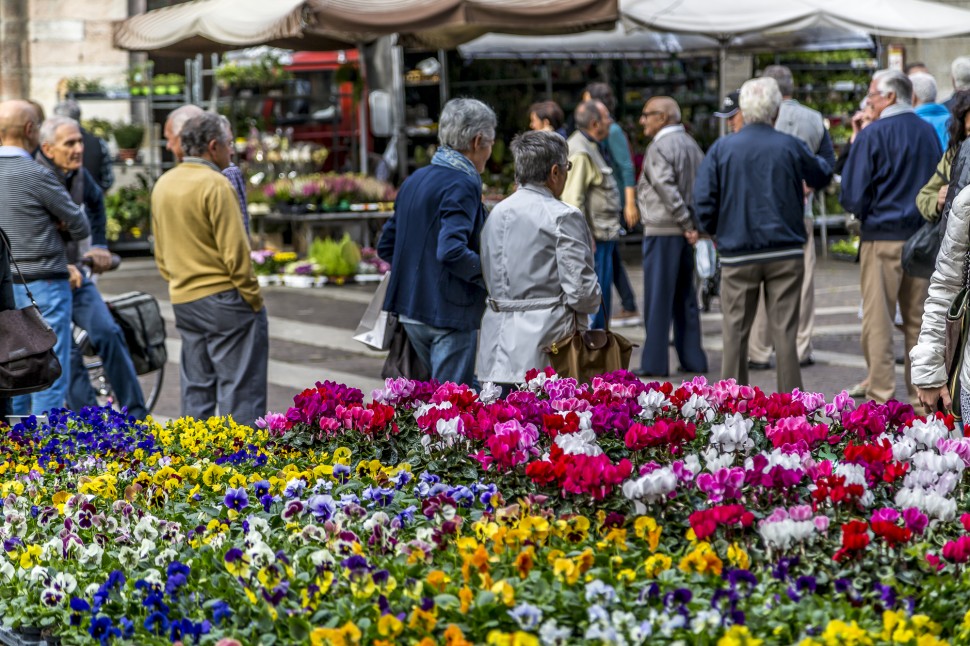
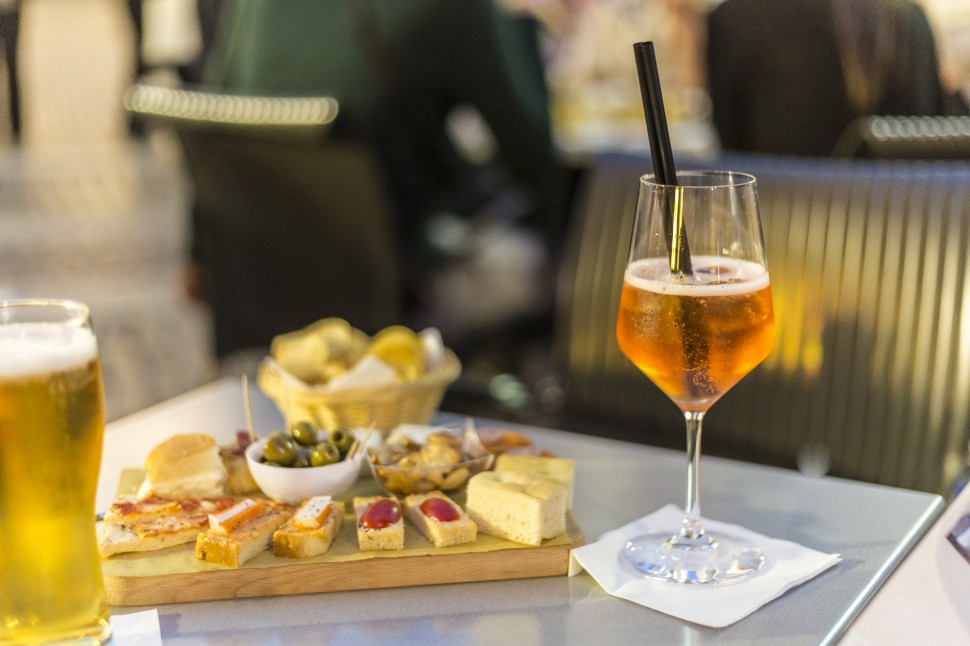
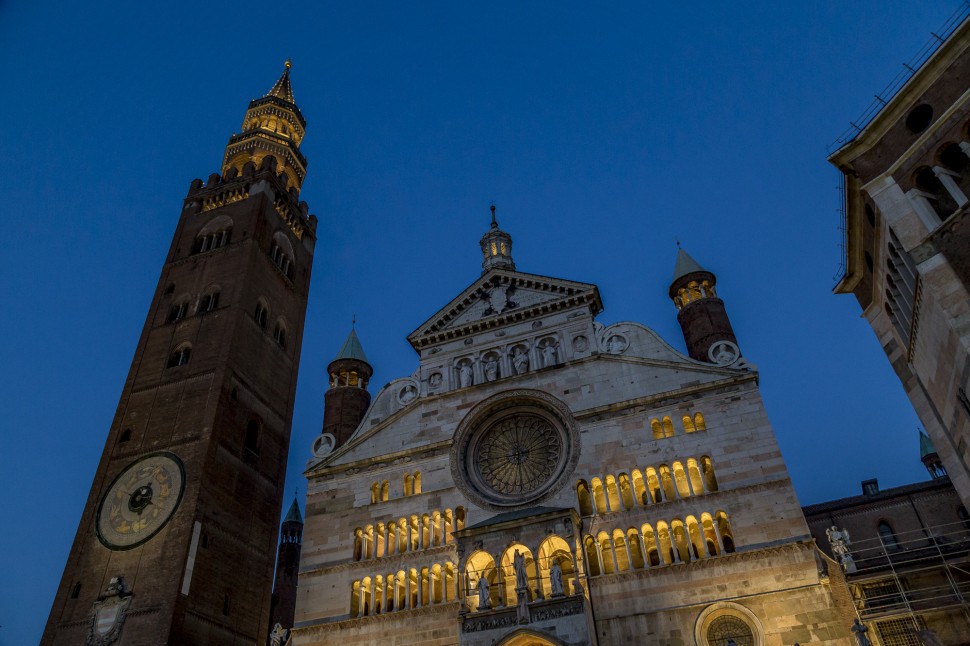
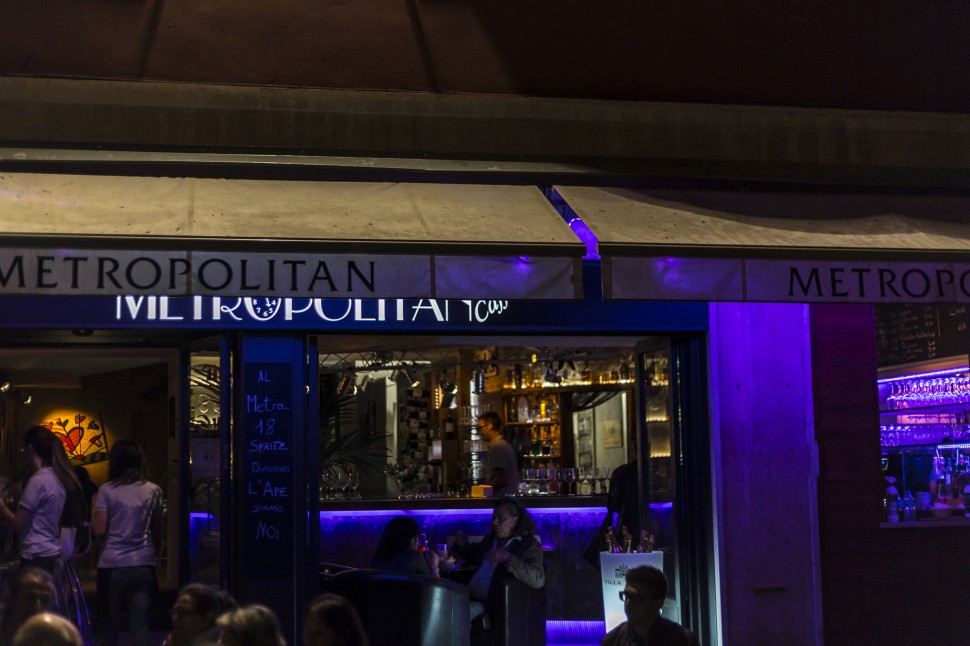
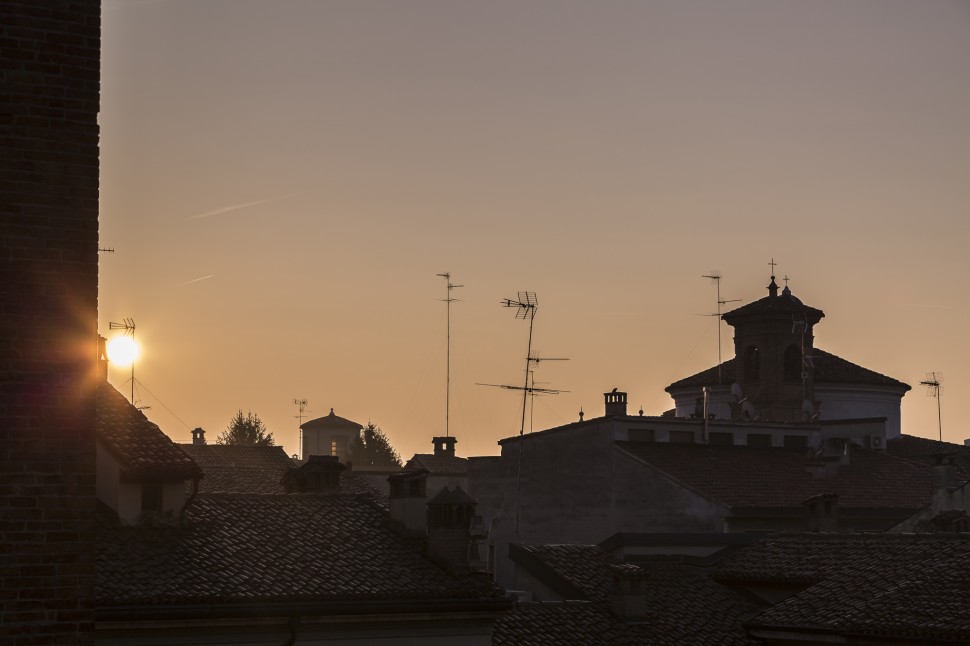
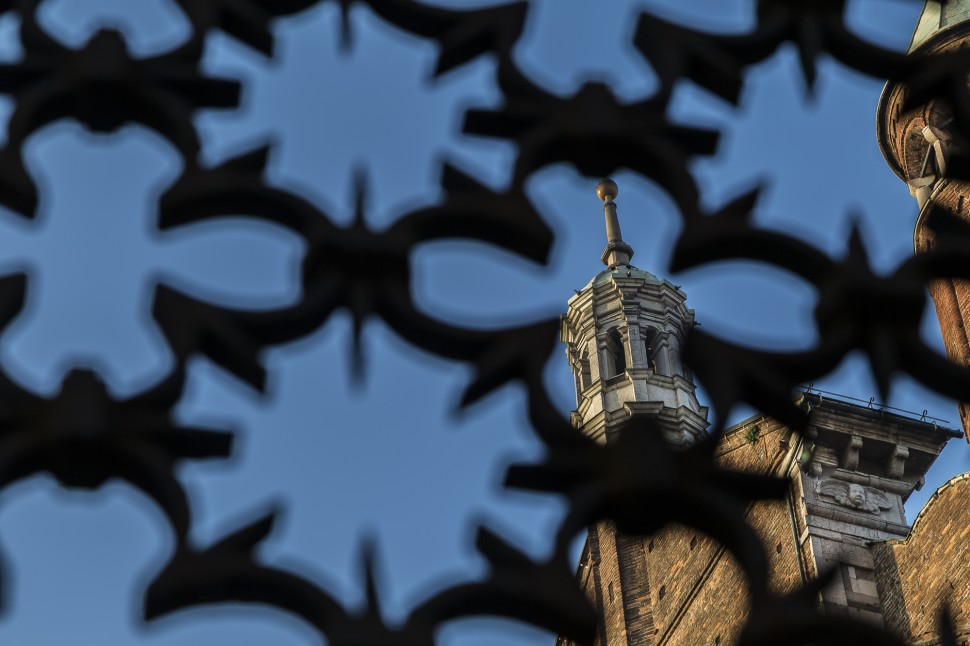
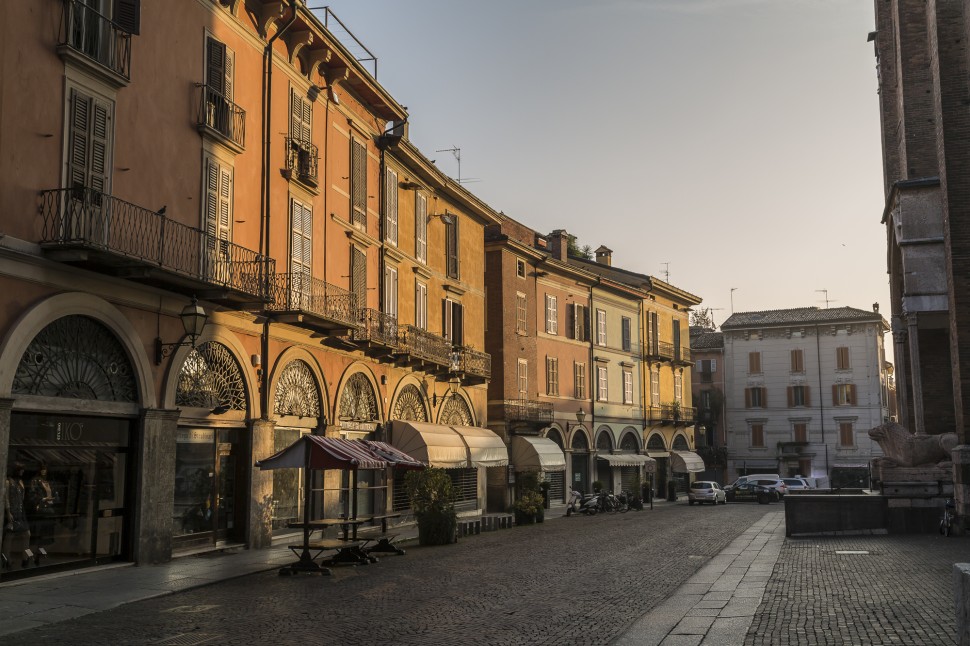
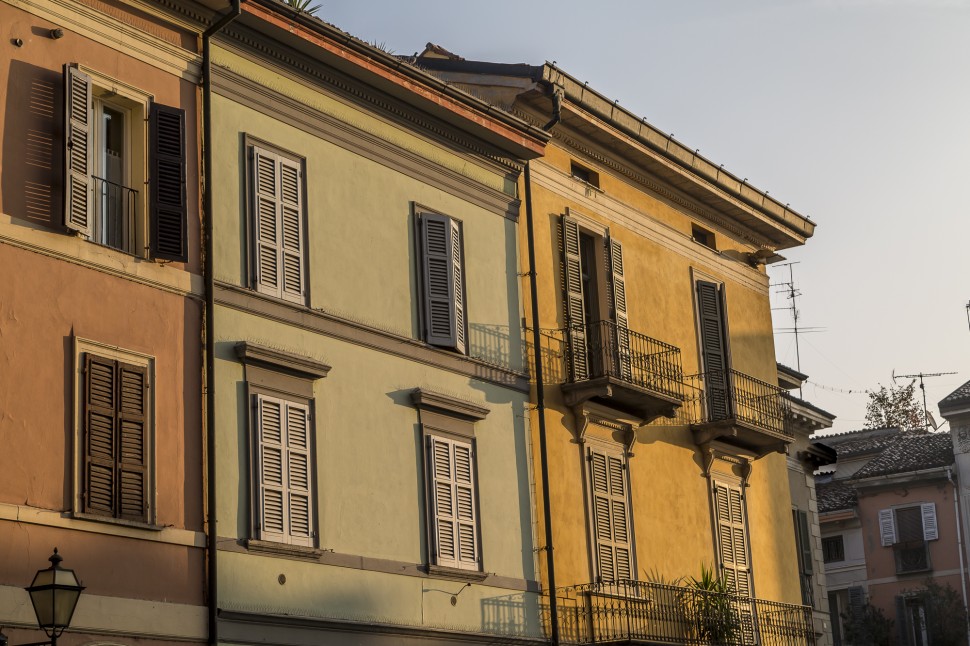
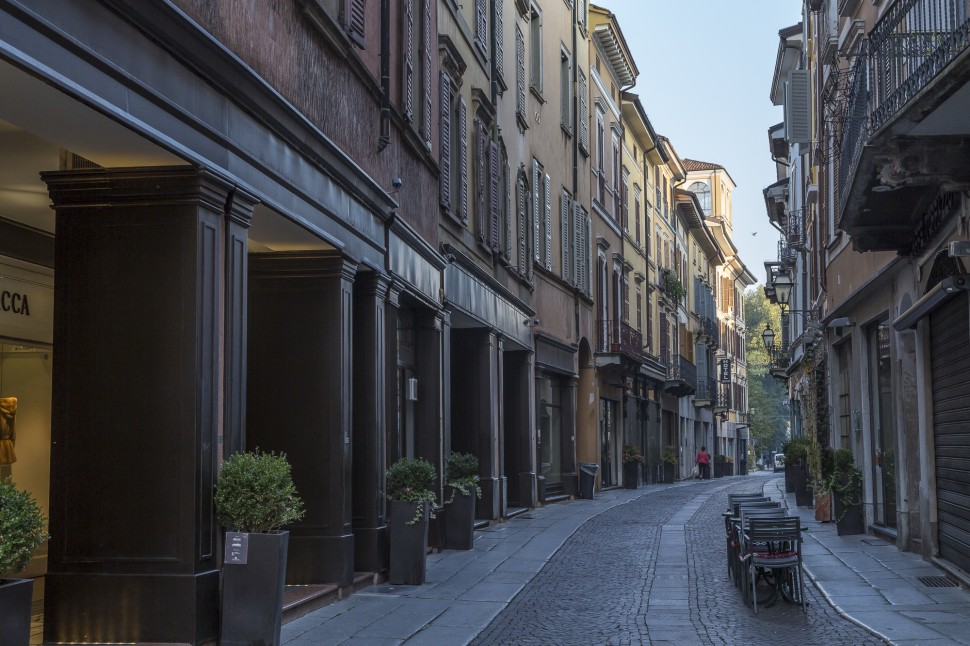
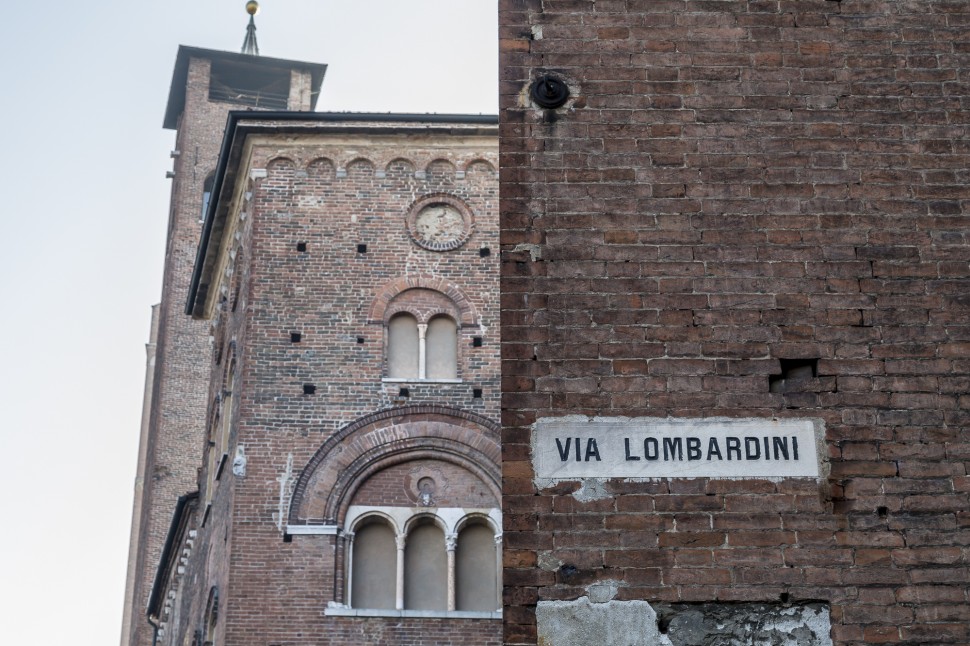
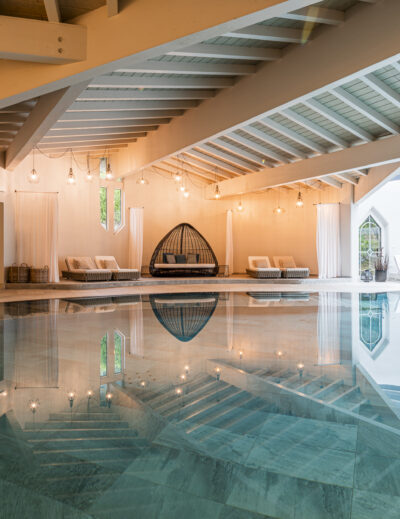

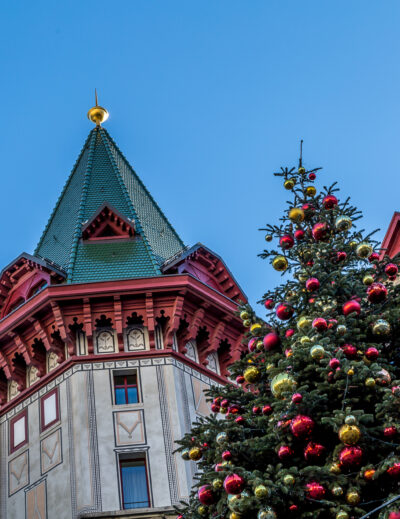
Leave a Reply